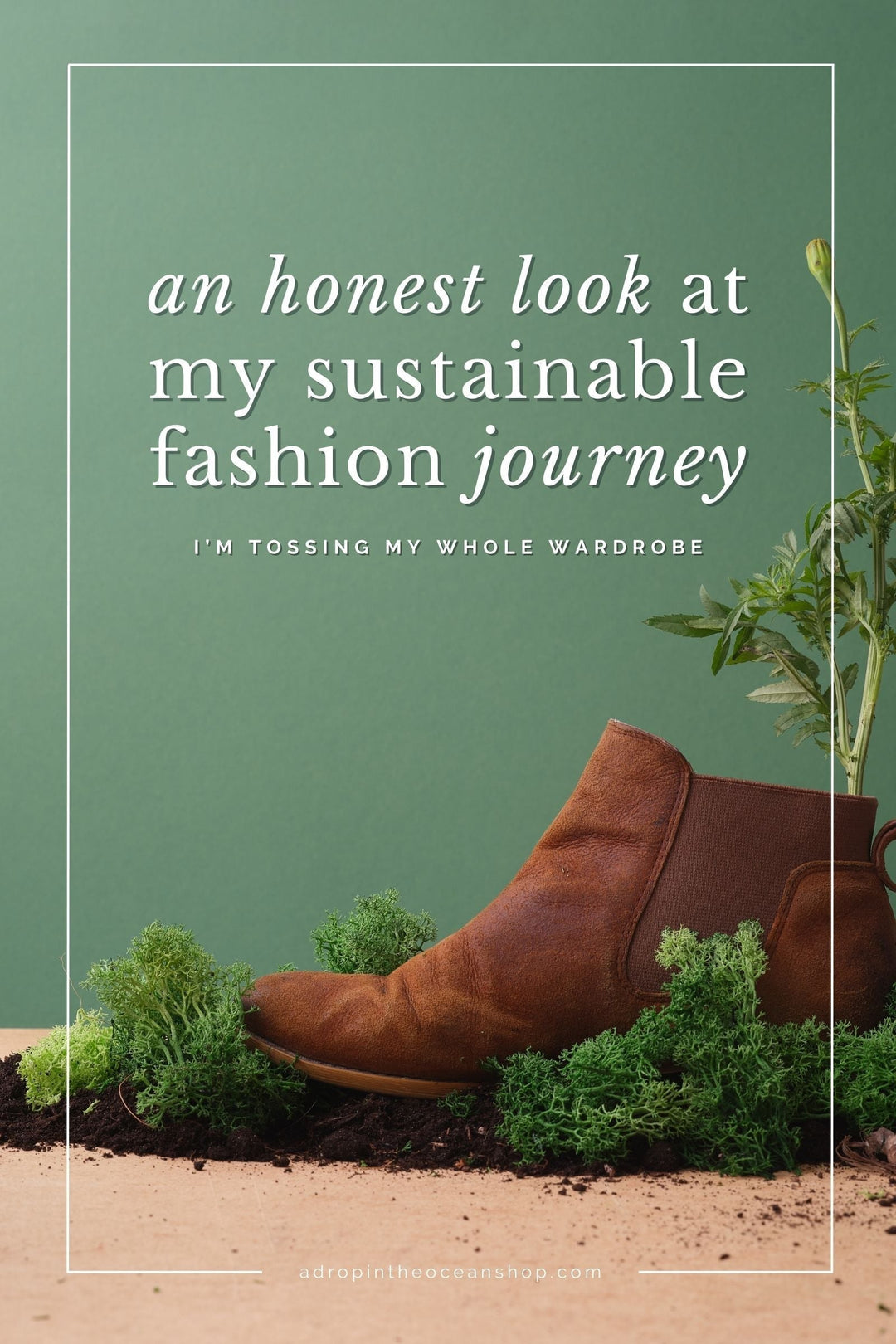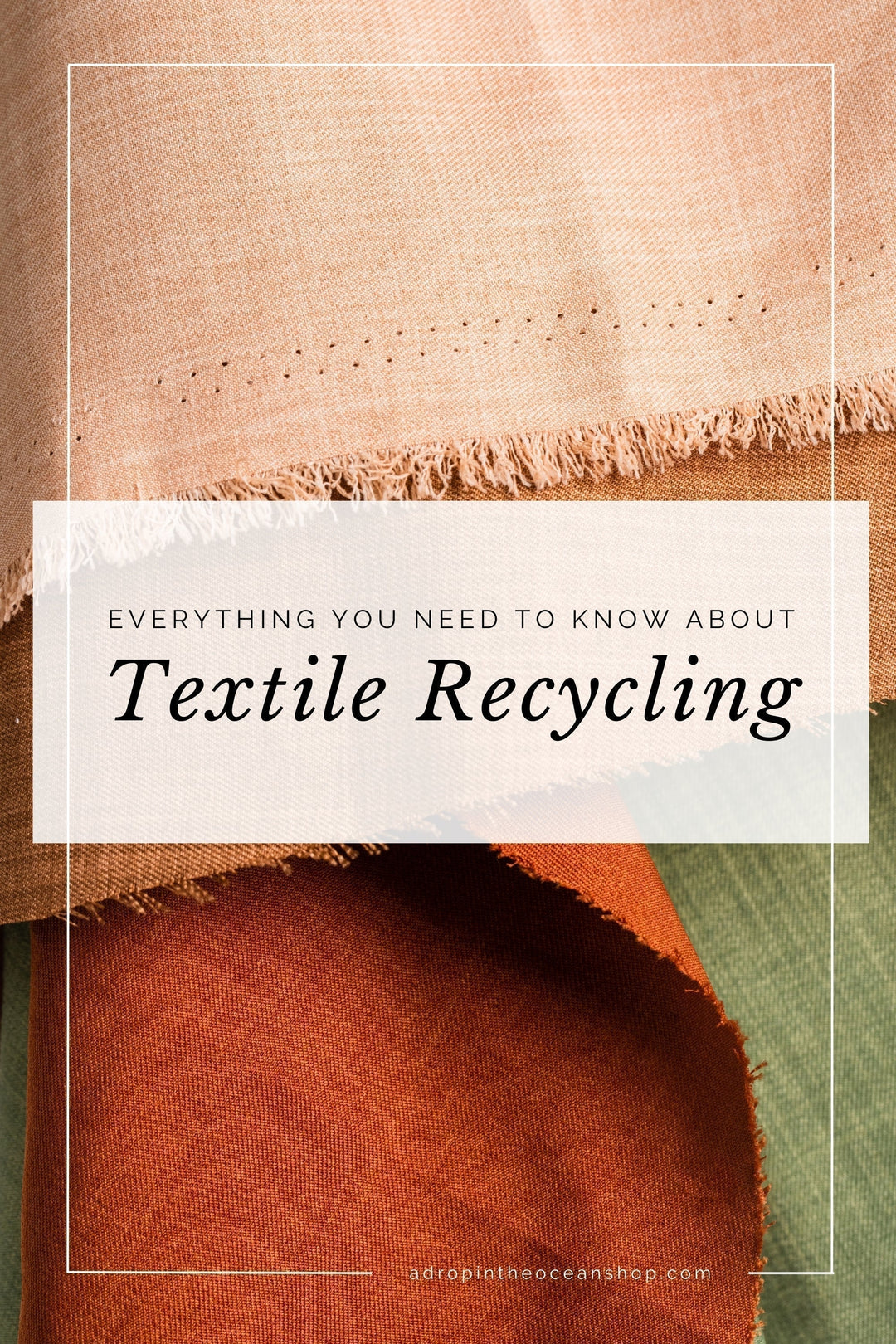6 Tips for Low Waste Grocery Shopping Without Bulk Bins

This post first appeared in our weekly Make Waves Mondays email series on March 8, 2021.
When new EcoWarriors join our email list, I ask them to send me an email. I want to know what they’re struggling with most when it comes to zero waste, sustainability and all-around living lightly on the planet.
The number one response I get is “food packaging."
Access to bulk bins - especially ones that allow personal containers - is a privilege. I fully believe that there are more options than most of us realize, we just don’t always ask the questions or want to go against the status quo.
But for many of us, this simply isn’t an option on the reg.
So, today, let’s chat about my favorite ways to reduce waste at the grocery store without access to bulk bins.
1. Larger size = less packaging.
Whenever you can, choose the larger size.
Let’s say you’re at the store, looking at bags of rice. You have two options: a one-pound bag or a five-pound bag. The one-pound bag is going to have more packaging per pound of rice than the five-pound bag.
(Because we can’t run away from math, no matter how much I try…)
So, if you have the room to store the extra rice - and you’ll use it! - choose the five-pound bag. You’ll need less trips to the market and you’ve just saved some extra plastic.
Plus, the larger ones are typically cheaper per ounce. Another win!
Of course, always make sure you’re balancing what you’ll actually be able to consume before it goes bad.
In the case of rice, it’s pretty nonperishable. I’d transfer the rice to some large mason jars and call it a day. But remember, if it’s perishable, you’re not saving plastic or money if you’re going to throw half of it away because you couldn’t eat it in time.
2. Fresh produce FTW.
Fresh produce is the #1 way I keep my waste to a minimum without bulk bins.
When I first started my zero waste journey, one of my biggest “aha!” moments was when I realized I don’t actually need to put my apples in a plastic bag. 🤯
I switched to reusable produce bags at the start - they were my very first zero waste swap - but these days, I don’t even bother. All of my produce just goes straight in my cart or basket, then into my own shopping bags. I’m gonna wash them when I get home anyway.
I mean, if JT isn’t gonna use plastic produce bags, why should I?

3. Cardboard, aluminum, and glass, oh my!
Any time you can, choose products packaged in cardboard, aluminum, or glass, rather than plastic. These are all so much more recyclable than plastic.
Remember: recycling should be a last resort, and plastic isn’t the enemy, but we’re trying to make small changes when we can, where we can.
Cardboard boxes from dried goods can even be reused for shipping small items (I’ve used many a tea box, Girl Scout cookies box, Cheez-It box, and so many others to ship orders for A Drop in the Ocean), or upcycled into crafty things.
And glass jars can be reused forever and ever. If you’re running out of cabinet space from all your hoarded jars like I am and just can’t keep any more, offer them to your local Buy Nothing Group before sending them to recycling.
While glass is 100% recyclable, it’s still a very energy-intensive process. So choose to reuse when you can!
4. Make friends with the deli counter.
Vegan and vegetarian EcoWarriors, feel free to skip this next tip 🤗 I don’t yet have a solution for zero waste meat alternatives. But hey, eating lower on the food chain, even if it’s got some plastic, is still better 💙
For the rest of us, visit your grocery store's deli and butcher counters to get your meats and cheeses wrapped in butcher paper instead of plastic.
By shopping the deli and butcher counters instead of the pre-packaged coolers, you can save tons of waste. Yes, sometimes there may be a small plastic bag wrapped in with the butcher paper, but that’s still WAY less harmful than a styrofoam tray with a plastic meat diaper all wrapped up in shrink wrap.
And choose local whenever you can, too. If you’re in Tacoma, I’m a big fan of Dave’s Meats and Produce.

This is the grocery energy we all need.
5. Store it right!
Imagine this. You’ve just wrapped up your grocery shopping for the week. You’re feeling good, ready to get back in your car and head home. You load up your four bags of groceries on your arms and head out the open door. You’re about halfway to your car, when you drop one of the bags. You keep walking, get in the car, and drive away, never looking back at those groceries on the ground.
CRAZY, right?! We’d never do that!
But….we kinda do.
On average, we throw out about 25% of the food we produce. There are so many factors at play here, but we can do a lot to prevent this massive food waste by storing our groceries properly.
One of my FAVORITE ways to cut my food waste is with Veggie Saver Produce Bags. They’re a reusable, breathable cotton bag that seriously works like magic to keep produce fresh for WEEKS.
I was skeptical as heck when I first heard about these bags. But I decided to give them a try, and when I pulled a bundle of spinach out of one after three weeks and it was still as crisp as the day I bought it, I was sold for life.

EcoWarrior and Veggie Saver Bag convert Jensen swears by these bags. (Pic from his fridge!)
6. Reuse those veggie scraps.
If you’ve been around here for a minute you’ve probably heard me talk about making veggie broth from scraps.
It’s so easy it feels like cheating. Seriously.
When I’m cooking, I’ll store up my veggie scraps in a freezer bag (I’ve been reusing the same one for years), and when it’s full, I make veggie broth. Easy peasy.
I couldn’t tell you the last time I bought vegetable or chicken broth. It’s amazing.

Are there any tips I’ve missed? Share your favorite tip in the comments below!
I hope you have a most fabulous week, friend. I’ll see you again next week 💙
Related:
6 Eco-Friendly and Low-Waste Halloween Treats
How sustainable are bananas?
No, Not All Zero Wasters Are Willing to Pay Double for Groceries









Leave a comment